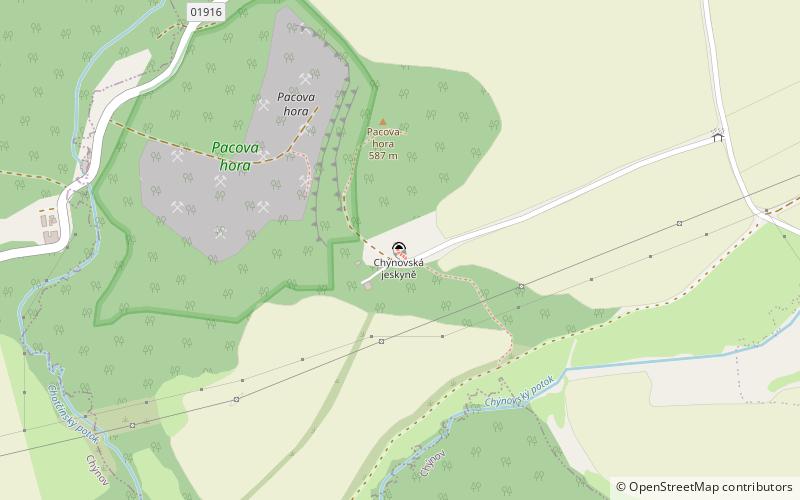NPP Chýnovská jeskyně


Facts and practical information
Chýnovská jeskyně is a national natural monument located in the cadastral area of Dolní Hořice, east of Tábor, which represents the most important and largest karst formation in South Bohemia. There is a colourful alternation of coloured amphibolites and limestones, but in comparison to other karst caves it is without any significant stalactite decoration. It was the first cave to be opened on the territory of the present-day Czech Republic. It was discovered in 1863 while working in a peasant quarry and was opened in 1868, 5 years after its discovery.
The total length of the cave system is more than 1,200 metres, but the total extent has not yet been accurately determined. There is still ongoing speleological research at the site, which brings new findings almost every year. Research conducted in inaccessible parts during the 1980s and 1990s revealed permanently flooded large areas with quartz clasts. The cave area is also an important mineralogical site together with the nearby nature reserve Pacova hora, where more than 60 species of minerals have been discovered and described.
The cave is open to the public except during the winter months. The circuit for visitors is 220 m long with the lowest point of the route at a depth of 42 m below the surface of the ground. The tour takes approximately 40 minutes and there is a fee. During the winter months, the cave complex is an important wintering ground for the representatives of flies, especially the bat Myotis nattereri, which has the largest natural wintering area in Bohemia and Europe.
NPP Chýnovská jeskyně – popular in the area (distance from the attraction)
Nearby attractions include: Žid. hřbitov.

